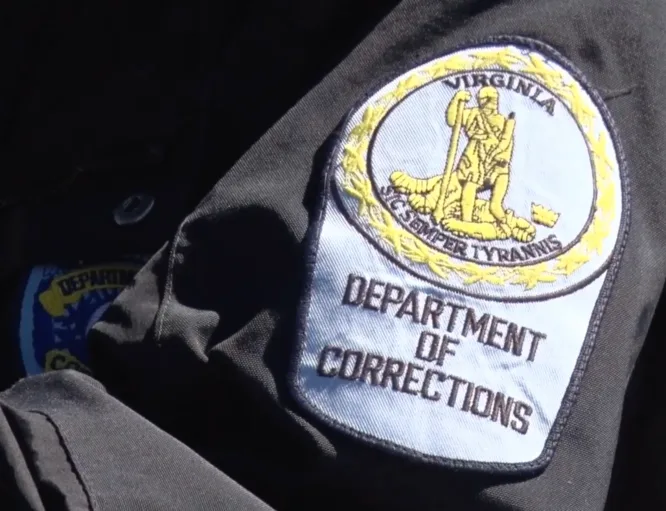Prisoners Intentionally Burned Themselves at Troubled Virginia Supermax
A state spokesperson confirmed six men at Red Onion State Prison in Western Virginia used “improvised devices” to give themselves electrical burns.

Warning: This story contains depictions of self-harm.
Six people have burned themselves at Virginia’s infamous supermax Red Onion State Prison since the start of the year, the state’s Department of Corrections confirmed in an email to The Appeal.
A Virginia Department of Corrections (VADOC) spokesperson said the men used “improvised devices that were created by tampering with electrical outlets.” Four incidents occurred on or after September 1. The agency said it tracks incidents of self-harm but does not make reports on those incidents publicly available.
“To be clear, these inmates did not set themselves on fire or self-immolate,” she wrote. “They were treated for electrical burns at the Department’s secure medical facility at the VCU Medical Center and cleared to return to the facility. All six inmates have been referred to mental health staff for treatment.”
For more than two decades, civil rights attorneys, human rights advocates, and prisoners have documented the horrific conditions at Red Onion, which sits in rural Western Virginia near the Kentucky border. According to a 2018 lawsuit, one man allegedly hallucinated and spoke with his dead parents while kept in solitary for more than 12 years. In another case, a man isolated for over 600 days started to speak in numbers, lost more than 30 pounds, and signed his name with a series of random letters. The DOC settled both lawsuits.
In October, incarcerated journalist Kevin “Rashid” Johnson broke the self-harm story for Prison Radio, reporting that men had burned themselves in a “desperate attempt” to be transferred outside of the prison.
The news outlet posted an audio recording by Ekong Eshiet, one of the men who allegedly burned himself. Eshiet said staff discriminate against him because of “my race, my last name, or my religion.”
“I don’t mind setting myself on fire again,” Eshiet said on the recording. “This time, I would set my whole body on fire before I have to stay up here and do the rest of my time up here.”
Earlier this month, Virginia Senate Majority Leader Scott Surovell and State Senator Barbara Favola sent the VADOC a letter asking for information on the reports of self-harm at Red Onion and other alleged human rights violations. (Favola’s office directed The Appeal to contact Surovell, whose office did not respond.)
“The reported conditions are very concerning,” the lawmakers wrote. “It is critical that we respect the human rights of those in our prisons and ensure that they are treated humanely and with dignity.”
In April, Governor Glenn Youngkin signed legislation to create a corrections ombudsperson position within the Office of the State Inspector General to monitor prison conditions. A spokesperson for the inspector general’s office told The Appeal in an email that the agency is aware of the “alleged incidents” at Red Onion and is speaking with the VADOC.
Natasha White, the director of community engagement for Interfaith Action for Human Rights, a local advocacy group that seeks to end solitary confinement, told The Appeal that independent oversight is necessary to protect incarcerated people. She said legislators, the governor, or the attorney general must visit Red Onion and “talk to the people that are behind those walls.” White started a petition to demand an investigation into conditions at Red Onion.
“There is no way that these men should be pushed to the limit of burning themselves just to get out of a facility,” White told The Appeal. “It’s a no-brainer that that prison is a problem.”
